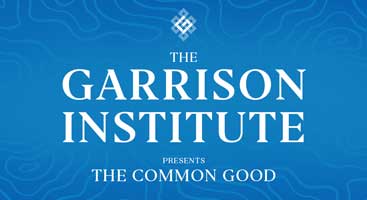In this conversation, Dr. Suzanne Simard’s pioneering research reveals that forests function as interdependent communities linked by underground fungal networks—dubbed the “wood wide web”—through which trees exchange carbon, water, and nutrients. Using isotopes and molecular genetics, she explains how older, stronger “mother trees” play a vital role in sustaining younger trees, fostering resilience and continuity across ecosystems.
Dr. Simard emphasizes the parallels between ecological cooperation and human societies, arguing that collective action is essential for addressing environmental crises. She highlights how Indigenous knowledge has long recognized these interconnections, now affirmed by Western science, offering hope for renewal when communities lead restoration efforts. Concluding, Dr. Simard urges integrating scientific rigor with spiritual and Indigenous wisdom to cultivate a holistic, sustainable relationship with nature that nurtures both ecosystems and human communities.





